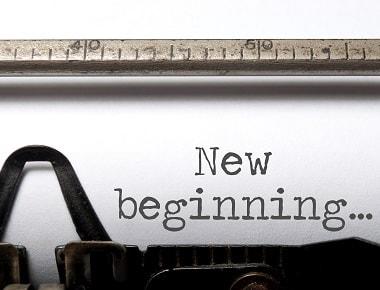Signs of Heroin Addiction: Spotting the Abuse
Sections: Road to Addiction | Signs | Short Term Side-Effects | Long Term Side-Effects | Withdrawal Symptoms | Finding Treatment
.
Heroin creates a powerful high. Within a few seconds of snorting, injecting, or smoking it, the drug binds to opioid receptors in the brain. A rush of euphoria overcomes the user, accompanied by a sense of calm relaxation.
The skin flushes, the mouth goes dry, the extremities become heavy. Pleasure takes the place of pain, and a mental cloud envelops the person. After the initial rush, a general feeling of sedation sets in, and the user becomes numb to the world. A few hours later, the last effects wear off, leaving the user with a craving for more.
The Road to Addiction
Continued use gives rise to tolerance and heroin dependence. The law of diminishing returns takes effect. Users must take higher and higher doses in order to recapture the feeling to which they’ve grown accustomed, and they spend much of their life chasing after an increasingly elusive high—a dangerous pursuit that can lead to overdose. The body needs the drug, and the mind craves it. Addiction has them in its grip.
Concerned friends and family members may notice that something is amiss, but, without the proper education and training, they may miss the tell-tale warning signs of heroin addiction. If you’re concerned that a loved one may have a heroin problem, the following signs and symptoms of heroin addiction can help you identify a problem before it’s too late.
What Are the Signs of Heroin Addiction?
Addiction tends to change a person’s behavior. That’s true regardless of the substance used, but heroin has a particularly strong effect on a user’s life. Family and friends should watch out for these nine behavioral patterns:
- Frequently lying or making excuses
- Stealing money or valuables
- Hiding drug paraphernalia
- Change of friends
- Neglect of personal hygiene
- Legal troubles
- Track marks on the arms or body
- Aggressive behavior
- Social isolation and withdrawal
Short-Term Side Effects of Heroin Use
The effects of heroin are quick and powerful. It only takes a few seconds for the initial rush to occur, and the high may last for hours. Some of the immediate side effects include:
- Euphoria
- Warm flush
- Dry mouth
- Itchy skin
- Heavy feeling
- Drowsiness
- Confusion
- Nausea
- Vomiting
- Severe itching
- Slowed heart rate
- Slowed breathing
Long-Term Signs of Heroin Addiction
Heroin abuse leaves a trail of physical and mental scars. By the time someone has developed an addiction, they may suffer from a number of acute and chronic conditions, including the following symptoms.1
| Physical Signs of Heroin Abuse | Psychological Effects of Heroin Addiction |
| » Insomnia » Tooth decay » Gum disease » Chronic and severe constipation » Loss of appetite » Collapsed veins (from injection) » Abscesses (from injection) » Damaged nasal tissue (from snorting) » Liver and kidney disease » Lung infections (e.g., pneumonia) » Sexual dysfunction (men) » Menstrual irregularities (women) |
» Depression » Antisocial personality disorder » Anxiety » Cravings » An “empty” feeling » Low self-esteem |
Heroin Withdrawal Symptoms
Heroin gives rise to physical dependency, a process whereby the body becomes accustomed to the presence of the drug. When a user cuts back or quits altogether, the body protests, leading to pain and discomfort. Withdrawal can cause:
- Nausea
- Muscle spasms
- Abdominal pain and cramping
- Sweating
- Shaking
- Agitation and nervousness
- Cravings
Seeking Addiction Treatment

It’s possible to overcome an addiction to heroin, but it takes more than sheer willpower. At Yellowstone Recovery, we provide a secure, sober living environment in which recovering addicts can manage withdrawals through detoxification, take part in group therapy, receive one-on-one counseling, and set the stage for a lifetime of freedom and independence. Contact us to learn how we can help you or your loved one pave the way to sobriety.
Source
- Treatment Options
- Program Curriculum
- Program Services








